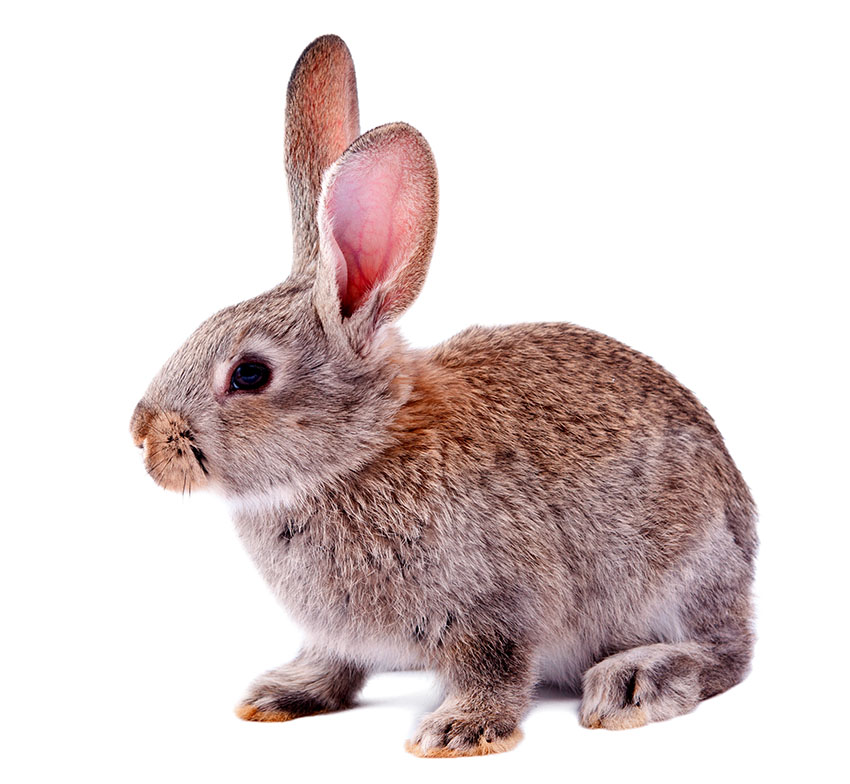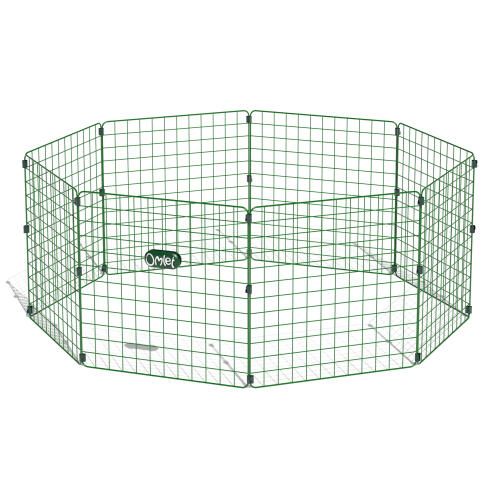As well as a quick once-over each day (more frequently in the summer to reduce the likelihood of your pets contracting flystrike), most owners choose to give their pets a thorough health examination a few times a week. It may be helpful to first familiarise yourself with what a healthy rabbit looks like - have a quick look at our Healthy Rabbits page for more information.

Giving your rabbit a health check on a regular basis increases your chances of catching problems early
It’s also a good idea to read our Illness page first, so you have some idea of what you need to be on the look-out for. The following list contains some information on what you should check. For more information, consult a rabbit encyclopaedia, your vet, or your veterinary nurse.
Set a towel on your lap, and place your rabbit on top of it. Give it a bit of a stroke and wait for it to become calm.
- How is it breathing?
One of the most important indicators of health is the breath. If your rabbit’s breathing is laboured, they are wheezing or sneezing, their lungs are clicking or if they seem out of breath (and aren’t just a little frightened of you) then there may be a problem.
- Check the eyes and nose
Is there a lot of discharge? Are the eyes clear and bright? Is there anything stuck in them? Is their nose twitching as normal?
- Check the mouth
Is your rabbit dribbling? Are there any sores around the mouth? Are their teeth straight and intact?
- Check the ears
The ears should be free of scabs and sores, brown material or waxy buildups. They should generally be clean, and free of wounds.
- Check the body
Is the skin free of wounds, lumps and swellings? Does your rabbit squirm when you touch a particular area of their torso or back?
- Check the rear
It’s important that this area is clean - is there a build-up of faeces (this should be removed and cleaned immediately to reduce the risk of flystrike)? Is there any swelling, redness or inflammation?
- Check the coat
Part the fur with your fingers and check for white flakes, brown material, sores, wounds, and insects.
- Check the legs and feet
Have a good look in between your rabbit’s toes and check that they have no lumps there, and that dirt isn’t building up. Check that the fur on the base of their feet is free from matting, and that their heels aren’t red and swollen. The nails should be short and not cracked.
- Check how it moves and behaves
Once you set your rabbit down, have a quick look at its gait and body language. Is it walking properly, or is it limping? Is it retreating to a corner? Is it lying down, or hyperventilating?







Comments
There are no comments just yet